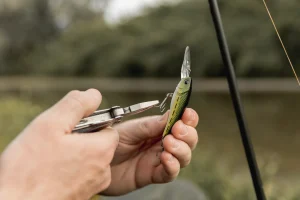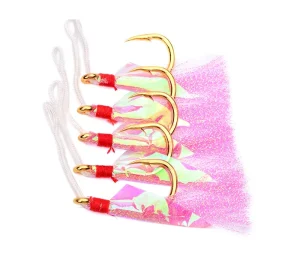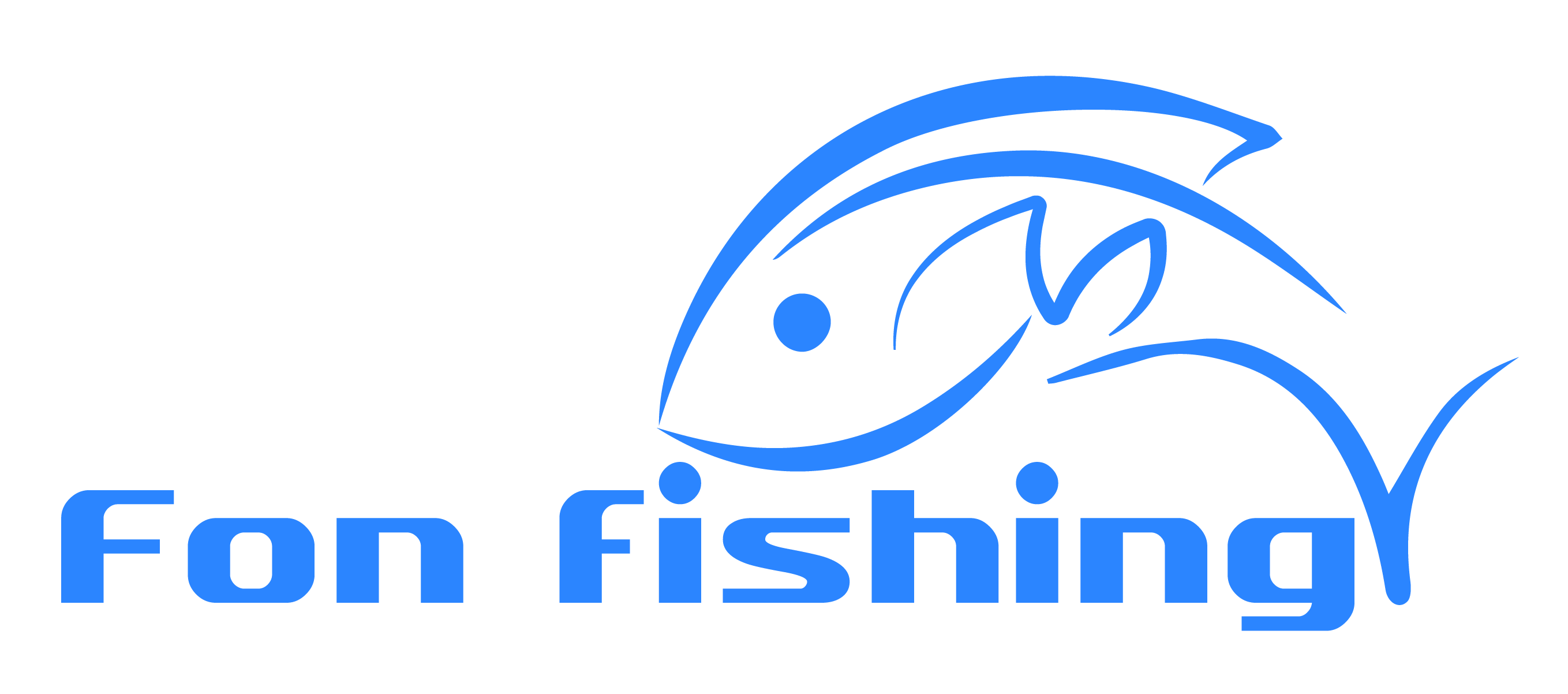
High hook fishing keeps getting better. The year 2025 is a big one for new fishing gear. The global fishing gear market is expected to hit $165.8 billion this year. Companies are working fast to make tools that are smarter, tougher, and better at catching fish. Whether you fish on a charter boat or alone, these new tools help you hook more fish and make every cast count.
What Innovations Are Transforming High Hook Fishing Gear in 2025?
Before we talk about details, let’s look at a top brand: Laike. This company is known for making precise fishing hooks and tools for both freshwater and saltwater fishing. Laike has everything from jig heads to assist hooks and octopus skirts. Their gear is built to work well. They use strong materials like high-carbon steel and smart designs. This makes Laike a great choice for anglers who want better gear without spending too much.
How Are Rod and Reel Systems Evolving Technologically?
What Makes Enhanced Drag Systems Crucial in 2025’s High-Performance Reels?
Drag systems are not just about stopping a fish. They give you control. In high hook fishing, where many rods are used at once, smooth drags stop lines from snapping when fish bite hard. New reels have stainless steel bearings and alloy gears. These make reels strong and easy to use, even under tough conditions. They keep the right tension when fighting big fish or handling many catches at once. This keeps the reel quick and reliable.
Reels and rods now use lightweight materials like carbon fiber. This cuts down on tiredness during long fishing trips. The global fishing rods market shows this progress. It was worth $1,254.2 million in 2024 and is expected to grow to $1,771.9 million by 2030, with a growth rate of 6% from 2025 to 2030. Source: Grand View Research (published 2024)‽web:1
What Advances Have Been Made in Fishing Lines and Leaders?
How Do New Braided Lines Improve Performance in High-Hook Fishing?
Braided lines have changed a lot. The newest ones are super thin but very strong. You can put more line on your reel and still feel every bite. This is great for catching fish in deep water or when using many rods at different depths. These lines don’t stretch much. That means you notice bites faster, which is a big help on busy charter boats with lots of rods.
Why Are Fluorocarbon Leaders Now Essential for Deep Water Precision?
Fluorocarbon leaders are a must because they’re nearly invisible underwater. They also resist scratches well. When fish are picky or you’re fishing near rocks or reefs, these leaders stay sneaky and tough. They sink faster than regular monofilament lines. This gets your bait to the right spot quickly, especially when currents change fast.
How Is Terminal Tackle Being Optimized for Higher Hook Rates?
Which Swivels and Snap Systems Offer Maximum Durability Without Sacrificing Sensitivity?

Terminal tackle does more than connect parts. It makes everything work better. The global fishing hooks market is growing fast. It was worth $262.78 million in 2024 and should reach $418.99 million by 2033, growing at 5.3% from 2025 to 2033. This growth comes from new hooks that resist rust and are eco-friendly. Source: Global Growth Insights (published May 25, 2025) ‽web:2
Modern swivels have coatings that stop rust. They also have ball-bearing parts inside to prevent line twists. This keeps your lure moving naturally. Snap systems now have quick-lock designs. These let you change lures fast without losing strength. You can adjust quickly when sonar shows new fish or water conditions change.
How Are Electronic Tools Enhancing Hook Efficiency?
Can Sonar Integration Improve Real-Time Targeting?
Yes, it can. Sonar systems with AI track baitfish and predators in real time. Electronics like sonar and GPS fish finders are a growing part of the fishing gear market. Their demand is rising because they give precise data to anglers. Source: Business Research Insights (published May 18, 2025) ‽web:3
These systems check water depth and temperature at the same time. They guide you to the best spots to drop your bait. When you connect this data to rod systems, you can time your drops perfectly. This works great for drifting or fishing over underwater structures.
How Does Wearable Tech Help You Monitor Gear Remotely?
Wearable devices link to apps on your phone. They track things like drag tension, line speed, and how often fish bite each rod. On charter boats, this helps captains and crew watch all rods from one screen. They can act fast when fish hit multiple lines. The apps also warn you if drag settings are off or if you need to move the boat due to changing conditions.
What Techniques Maximize Success Rates in High Hook Fishing?
Why Is Strategic Bait Presentation More Important Than Ever?
Getting bait to look right is key. Flexible rigging lets you adjust how the bait moves. You can make it look like a hurt prey with pause-and-twitch moves or let it drift naturally in water layers. Jigs work well in cold months when fish are lazy. “Winter jig techniques are about casting out and dragging the bottom to act like crawfish.” Small jigs under 10 grams fall slowly. This makes fish bite as the jig drops.
How Does Drift Speed Control Affect Bait Movement Consistency?
Controlling drift speed keeps bait moving naturally across different depths and currents. You can adjust speed with trolling motors or sea anchors. This keeps bait looking real, which attracts picky fish. Pairing this with sonar depth maps lets you line up drifts with spots where fish hide, like underwater structures or temperature changes.
How Should You Adapt Techniques Based on Environmental Conditions?
What Strategies Work Best When Currents Shift Seasonally?
In spring and summer, deep water layers have more oxygen. Big fish like to stay there. Sinking rigs, like lead-head jigs with soft baits, get to these spots fast. In fall and winter, fish chase bait near warmer surface waters. Floating lures or slow-retrieve VIBs work well here. “By changing reel speed and pause time, you can cover different water layers.”
Why Must Gear Be Calibrated for Salinity, Wind & Wave Variability?
Salinity changes how bait floats. Wind shifts drift paths. Waves mess with casting accuracy. You need to tweak weights, leader lengths, and hook sizes on the spot. High-carbon steel hooks stay strong no matter the conditions. “After careful forging, they keep their shape and sharpness.” They’re a key part of changing your setup for different water environments.
How Can Charter Operations Be Optimized for High Hook Efficiency?
What Role Does Crew Coordination Play During Simultaneous Drops?
Good teamwork helps crews drop rods at the right time. This is important when using sonar to find schools of fish. Special platforms send alerts to each rod station based on bite data. This way, no fish gets missed during busy feeding times.
How Do You Balance Load Across Multiple Rods Using Bite Analytics?
Smart rod placement uses past catch data to decide where to focus. If port-side rods catch more fish during certain drifts, you can adjust plans during the trip. This boosts your total catch. These tips come from the same telemetry tools mentioned earlier. They give clear data without guesswork.
What Maintenance Protocols Ensure Longevity of Premium Gear?
Why Is Post-Trip Cleaning & Calibration Non-Negotiable?
Saltwater can rust even protected parts. Rinsing and drying gear stops the buildup in bearings or drag systems. Checking drag settings after each trip keeps them steady for the next one. This ensures your gear works the same every time. Check hooks after every trip. Replace any worn ones right away. You can find good options, like jig heads and assist hooks, from reliable sources for different fish types.
How Can Scheduled Diagnostics Extend Equipment Life Span?
Maintenance apps let you track how long you use each reel and rod. They also note things like saltwater exposure. The apps remind you when to lubricate or replace parts. This keeps your gear working well all season long.
FAQ
Q1: What type of fishing hook material is most reliable for high hook fishing?
High-carbon steel is best. It’s tough, hard, resists rust, and stays sharp even with heavy use.
Q2: Which electronic tool provides the greatest advantage in multi-rod setups?
Sonar systems with AI are top-notch. They map depths and track fish in real time, making drops more accurate across all rods.
Q3: When should I switch from fluorocarbon leaders to braided lines?
Use fluorocarbon leaders for sneaky fishing in clear water. Switch to braided lines when you need to feel bites better or fish deeper, thanks to their low stretch.




